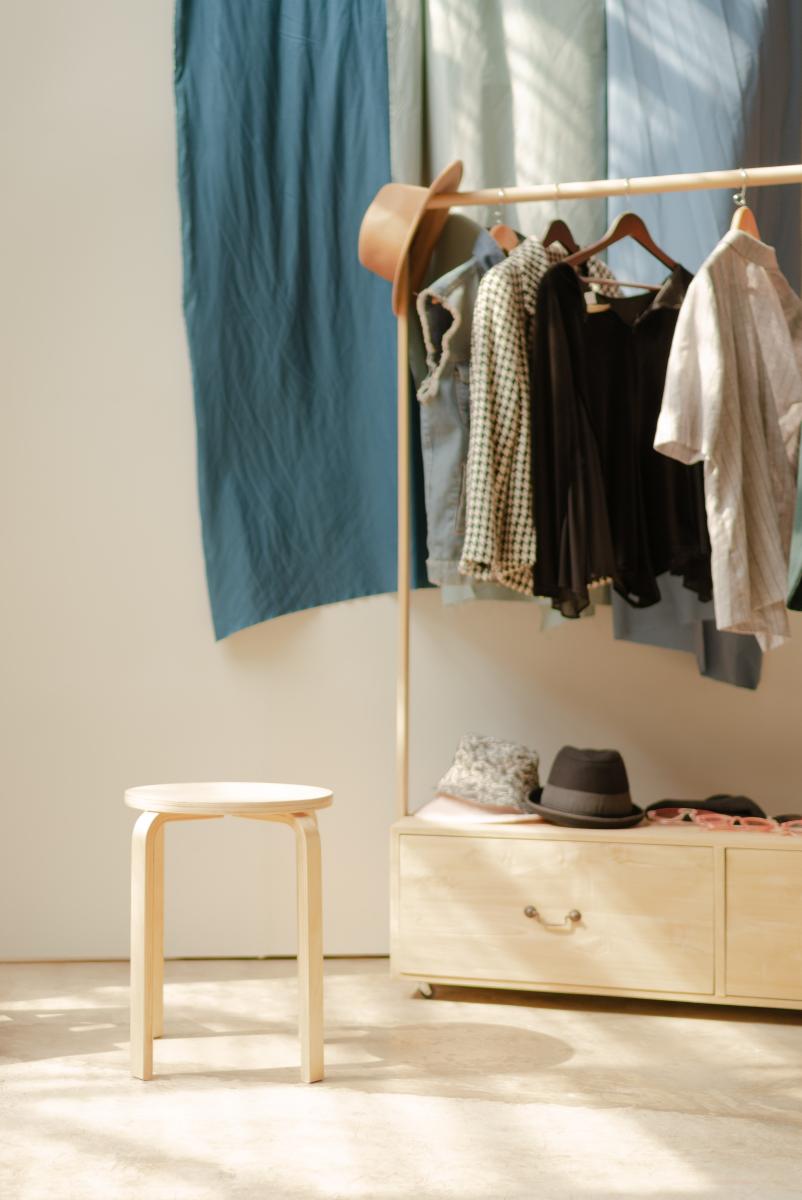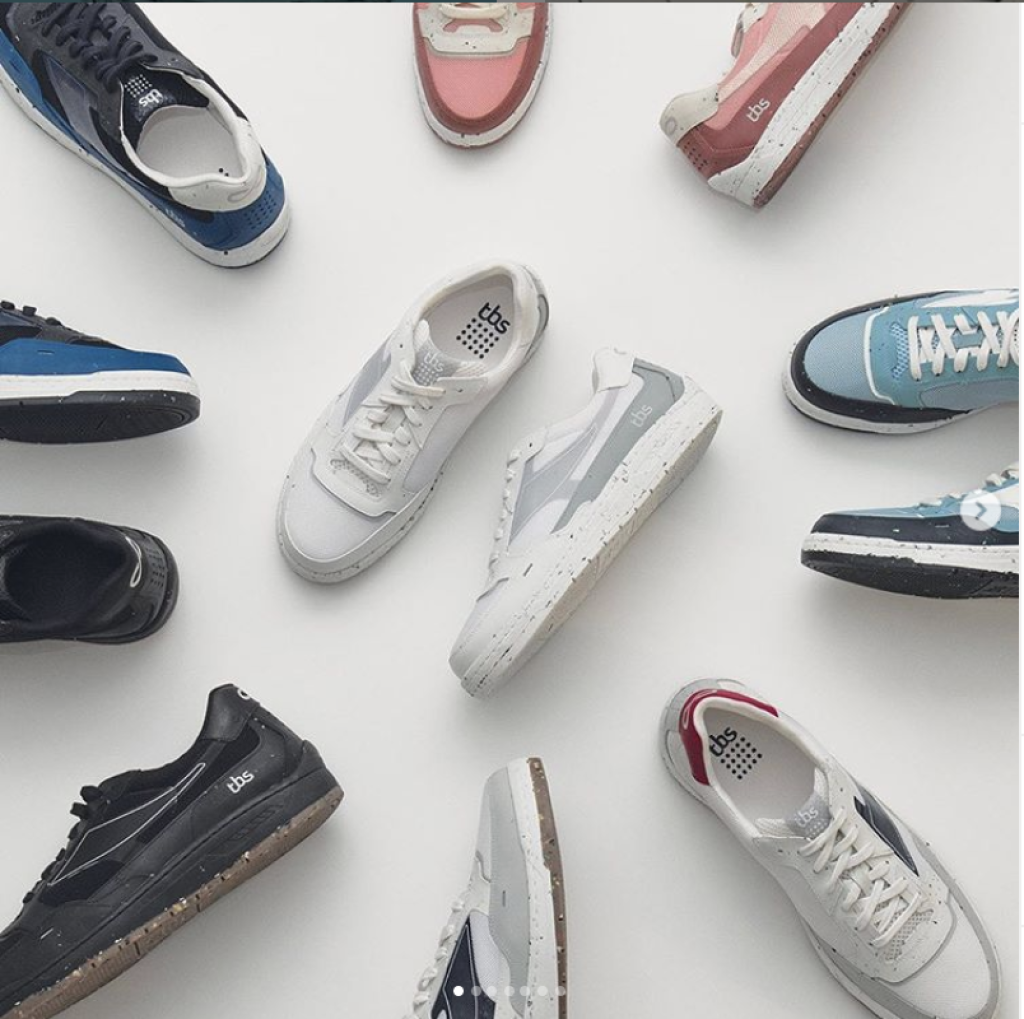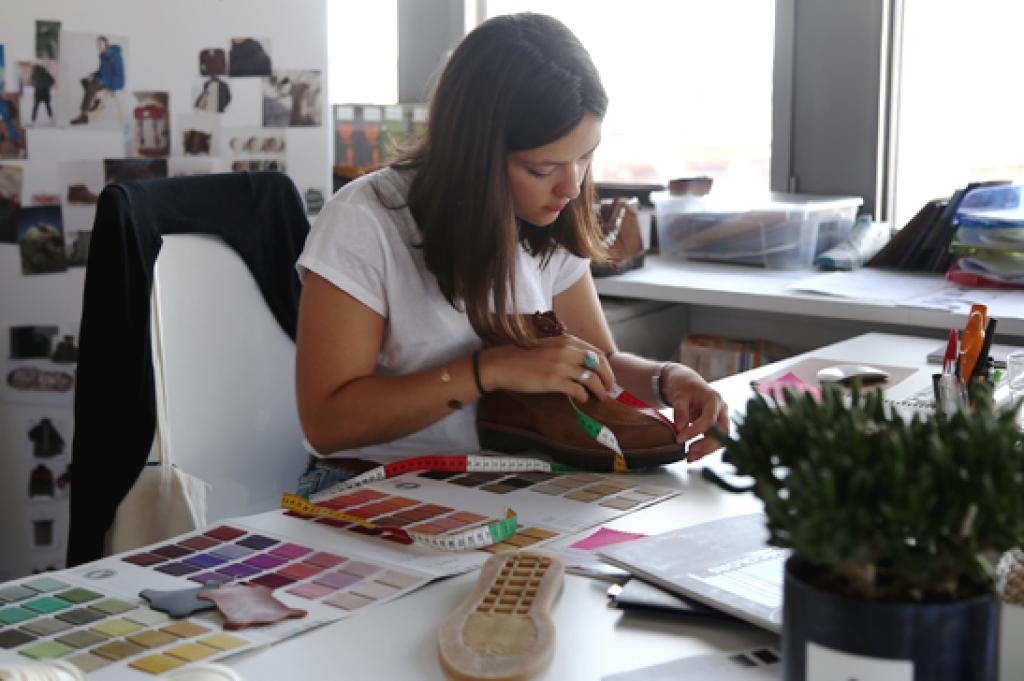Context and description
Clothing textiles, household linen and footwear are qualified as unsold items when they have not been sold within the context of the brand's commercial business.
These products are the result of a succession of resource extraction, transport and transformation/production stages, all of which provoke environmental impacts. Since 2019 the law against wastage prohibits the destruction of unsold textile and footwear items and provides for the increased liability of companies with respect to product life span and end-of-life management over years to come.
This paradigm shift is forcing marketers to work both upstream, in order to find sustainable solutions to reduce the quantity of unsold items and downstream, in order to recycle and extend product life cycles.







